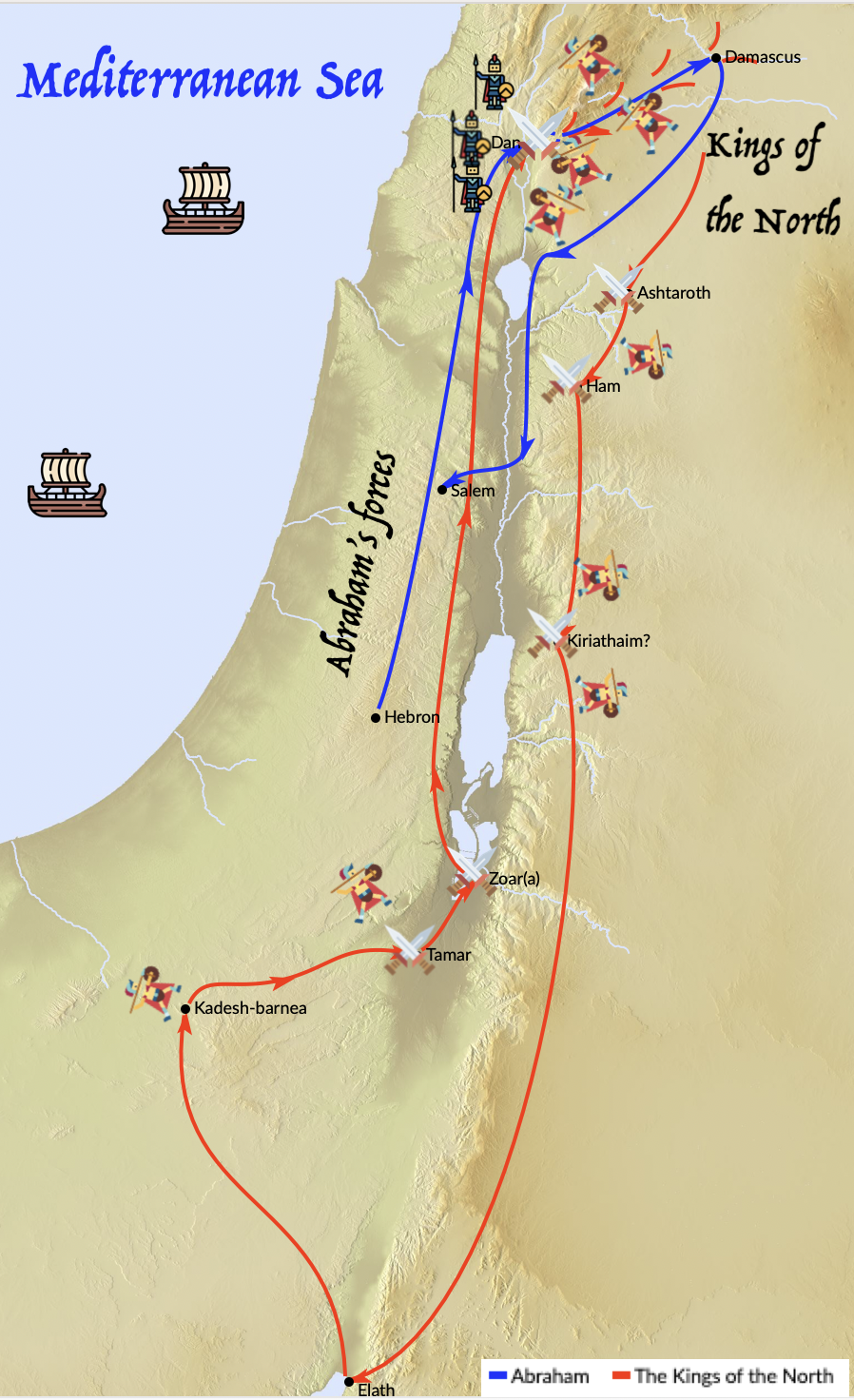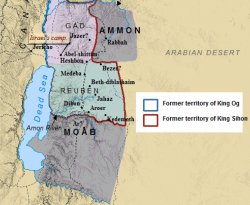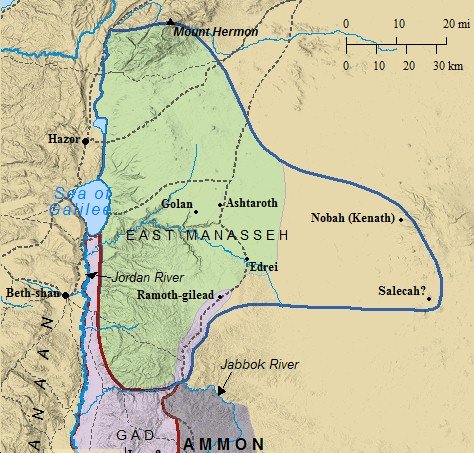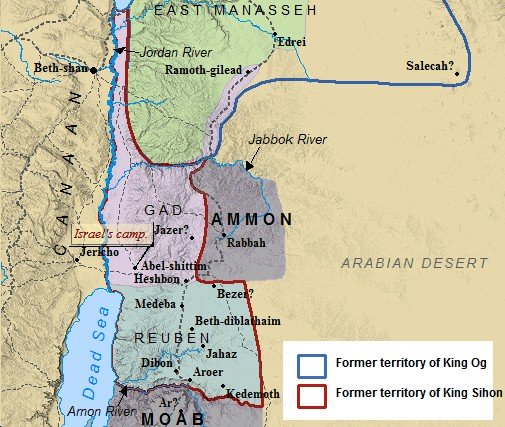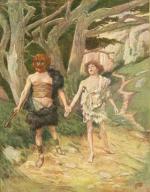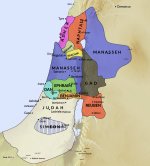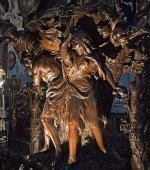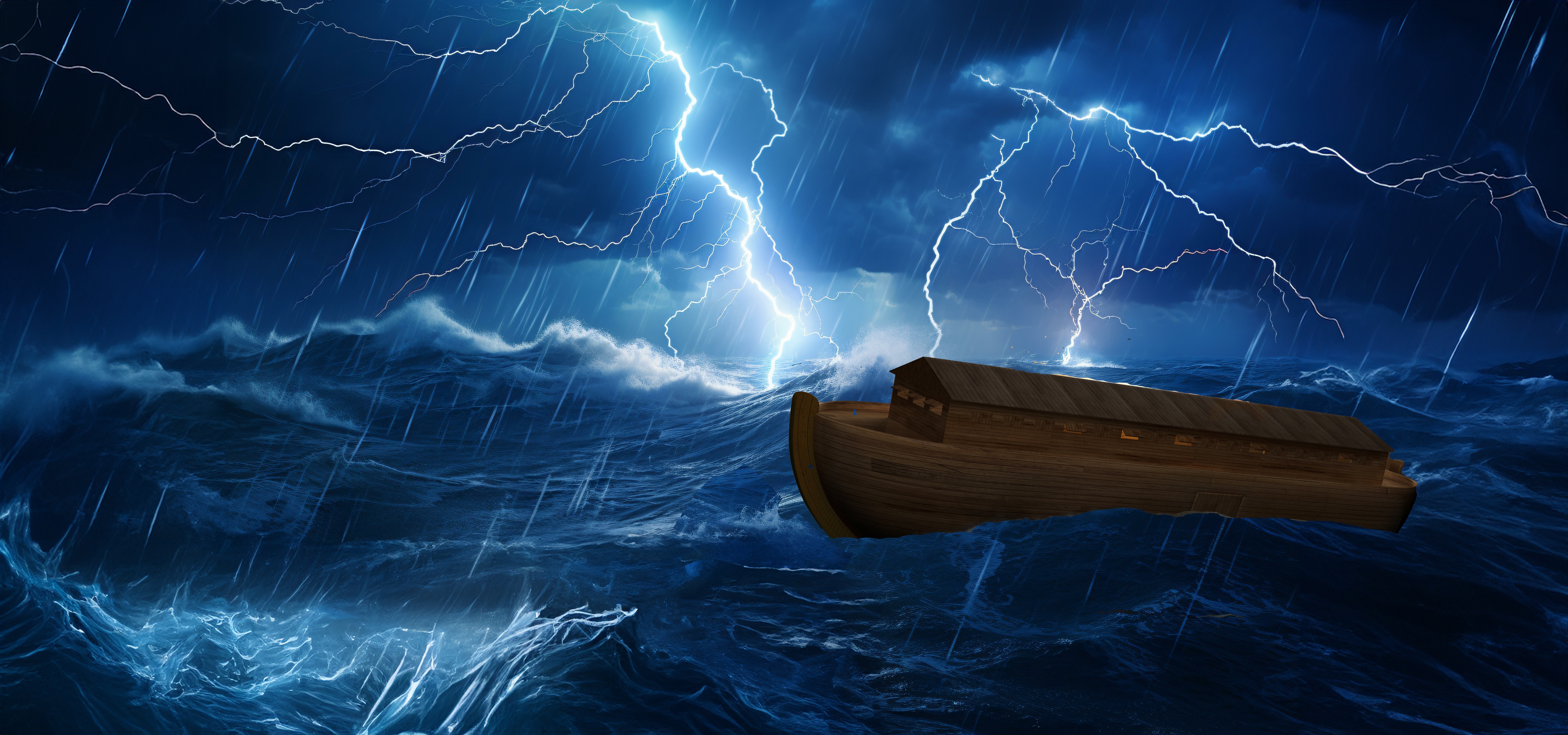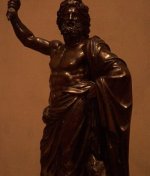- Biblical Maps
- Home Page
- History of Israel Blog
- Ancient Mesopotamia
- Map of Palestine
- Abraham
- Ancient Israel
- 12 Tribes of Israel
- Jerusalem
- The Book of Isaiah
- Palestine
- The Habiru
- Contact Us
- Bible Study Forums
- Media Page
- Visitors Sitemap
- Privacy Policy
- The History of the Old Testament
- In the Days of Noah
- The City of Jericho
VISIT OUR FACEBOOK PAGE!
The Rephaim
Though the Rephaim are never mentioned directly in the same breath as the Nephilim, they are directly connected to the Anakim, whom are connected with the Nephilim.
Steve Quayle has conducted much research on the topic, and claims the two were cousins, or, shared some sort of blood relation. By extension, thus, the Rephaim were also distant descendants of the Nephilim.
These people are first mentioned in Genesis 14.
Genesis 14:5
"And in the fourteenth year Chedorlaomer and the kings that were with him, came and defeated the Rephaim in Ashteroth-karnaim and the Zuzim in Ham and the Emim in Shaveh-kiriathaim..."
Interestingly enough, these people are depicted as being defeated by the coalition responsible for the destruction of Sodom and Gomorrah. As they were distantly removed from the 1st generation Nephilim, their strength was not on par with their ancestors. This defeat, however, does not seem to imply a complete annihilation.
THE REPHAIM PAGE CONTENTS
Click on a link to jump to that section.
King Chederlaomer & His Army - Gen. 14
Map of Og, king of Bashan's Territory
Map of King Sihon's TerritoryThe word "defeated", has many meanings throughout the Old Testament, but not one refers to a total annihilation. This is important to keep in mind when considering the passage above from Deuteronomy. This scripture states it was the Ammonites, the sons of Lot , who took control of the land.
Chedorlaomer and his army marched from Mesopotamia, and nowhere does Scripture relate they settled in the land.
In fact, they continued their march up the Eastern banks of the Jordan after their victory in the Vale of Siddim.
Abraham caught up to them, and slaughtered them as far as Dan, scattering them to only God knows where.
It was after this defeat by Chedorlaomer when Lot and his sons took possession of Ammon.
The destruction in Genesis, and the destruction in Deuteronomy, are assumed by many scholars to be the same. However, the wording of Scripture may indicate two separate defeats of the these people.
Regardless, after Chederlaomer's defeat they were severely crippled and lost the overpowering influence they once possessed.
This passage does attest to the fact that the descendants of
the Nephilim; the Anakim, Rephaim, Zamzummin, and Emim, were in
existence dating back to the time of Abraham.
They lived throughout the
land of Canaan, and were still regarded by God as exceedingly wicked.
In fact, many scholars claim Canaan was a land of giants leading up
to, and sometime after, Abraham's arrival. Perhaps this was God's reason
for calling Abraham to the land of Canaan. Even during the lifetime of Moses, approximately 500 years after Abraham, the land was full of huge people. Moses' spies reported back they "appeared like grasshoppers" compared to the locals.
God would eventually establish His Kingdom through Abraham, and would use the Israelites to destroy the remaining Nephilim influence which so dominated Canaan.
This theory would be in accordance with the passage from Deuteronomy 9 above, where God says its not because of Israel's righteousness He is giving them the land.
Instead, it was due to the wickedness of its current inhabitants, which God saw necessary to eliminate.
Critics of the Bible have often pointed to the Old Testament God as being a God of wrath, jealousy, murder, and genocide. His treatment of the Canaanites has been a source of controversy over the years amongst scholars.
Yet, if in fact the Nephilim, or their descendants, were still living in Canaan , their influence would have been dominating, and their wickedness from the days of Noah continued, though on a much smaller scale.
When one considers the worldwide wickedness perpetrated by the Genesis Nephilim, it is not hard to fathom a similar control exerted over the "human" inhabitants of Canaan.
Rather on a worldwide scale, perhaps Satan sought to slip under God's radar by limiting his evil influence to the land of Canaan.
The wickedness soon spread to the entire region, thus God's necessity in destroying all Canaanites, lest some more Nephilim slip through the cracks.
This, of course, raises the question as to how they escaped God's wrath initially. Refer to Schembrie's theory as one possible explanation.
Regardless, God's treatment of the Canaanites was justified by their atrocious wickedness, and their willingness to follow after the Nephilim's descendants.
A passage from the second chapter of Deuteronomy seems to confuse the Rephaim's identity. With close examination, however, it may shed some light on their identity.
Deuteronomy 2:10-11
"The Emim lived there formerly, a people as great, numerous, and tall as the Anakim. Like the Anakim, they are regarded as Rephaim, but the Moabites call them Emim."
At first glance it would seem these beings, along with the Anakim and Emim, were different appellations for the same group of people. They were all "regarded" as Rephaim.
Though these groups were indeed very closely related, they were different factions of descendants from the Nephilim. This verse, then, seems to muddy the already muddied waters.
One must look at the Hebrew word translated "regarded". The Hebrew word is "Chashab". According to Spiro Zodhiates, this word is used 121 times in the Old Testament.
Chashab literally means to count, to count for, to impute, to esteem, to reckon. The fundamental idea of Chashab is that of "using the mind in the activity of thinking".
With this interpretation, then, these three groups were not meant to be figured as the same group of people. Rather, the Israelites thought of these people along the same lines as they did the Anakim and the Emim.
They were a mighty people of great size. The Emim are said to have been a tribe of the Rephaim. By the time of the conquest, these people had nearly vanished from Canaan. Their demise can be gleamed from Deuteronomy 3:11.
"For only Og king of Bashon was left of the remnant of the Rephaim. Behold, his bedstead was an iron bedstead; it is in Rabbah of the sons of Ammon. Its length was nine cubits and its width four cubits by ordinary cubit."
Og, king of Bashon, was said to have been the last of the Rephaim. Og is an extremely interesting person in the Old Testament.
Og and Sihon, king of Gilead, were feared warriors and monarchs prior to the Israelite's entrance into Canaan. Scripture describes Og as a giant. His bed was over 14 feet long, and over 6 feet wide! Not only that, it was made of iron. Iron was no doubt needed to support such a large body, which most certainly weighed hundreds of pounds. Nephilim giants such as Og, according to some scholars, may have been numerous at this time in the history of Palestine.
Though Sihon is not said to have been a giant in Scripture, he was most certainly associated with these people. Rabbinnic literature states Og and Sihon were brothers. Sihon was the mightiest of the two, and the Midrash states he was the equivalent of Og in bravery and stature. These ancient rabbis also listed Og and Sihon as grandsons of Shamhazai.
Shamhazai was believed to have been one of the original fallen angles responsible for the Nephilim in Genesis.
These ancient documents also associate Sihon as the king of Arad, described as "the Canaanite" in Numbers 21:1.
Sihon was called "the Canaanite" because he was the overlord of all the land. Many kingdoms throughout Canaan paid him tribute. His capital lay in Trans-jordan, yet, he possessed many territories and vassals in Canaan. This is astounding evidence that the Nephilim were still dominant, and exerting a mighty influence upon the land of Canaan.
Sihon was the overlord over all the land of Canaan. Og and Sihon were eventually defeated by the Israelites, yet, the Nephilim influence remained in the land. Whether this tribe, and other similar tribes, were descendants of the Nephilim are not is open for interpretation. The return of the Nephilim to Canaan seem to have taken place centuries before the conquest!
However, one cannot deny the wickedness associated with these people. Their names indicate such. Emim translates as "the fearful ones". Anakim translates into "the long-necked ones". The Rephaim translates as "the dead ones".
The Zamzummim translates as "buzzers".
According to the local inhabitants of Canaan, these people possessed a strange language, which sounded more like buzzing than actual speaking. Yet, another mysterious aspect of these descendants of the Nephilim.
Though the exact nature of the Genesis 6 passage is much debated today, it was not always so. In fact, up until the 4th or 5th centuries AD, the ancients believed these beings were actual fallen angels.
WHO ARE THE NEPHILIM?? The book of Enoch speaks of the Watchers as parents of the Nephilim. Did you know the Bible mentioned giants so frequently? Who do you think these people were? Did Noah fight against them? Click on the link above to give us your insights, thoughts, comments, and questions!
Back to the Top
Back to the Nephilim
Back to Home Page
Recent Articles
-
The History of Ancient Israel
Dec 25, 23 02:16 PM
An easy to read history of ancient Israel from Old Testament times to today. -
The Ancient City of Jericho
Dec 18, 23 11:21 PM
The city of Jericho is one of the most ancient cities on earth. The city played a crucial role in a number of Bible stories. -
Story of Cain and Abel
Dec 17, 23 01:20 PM
The story of Cain and Abel is a tragic story of jealousy, rage and fratricide. It is the first murder in recorded history. -
The Twelve Tribes of Israel
Dec 17, 23 12:13 AM
The twelve tribes of Israel originated with the twelve sons of Jacob. -
The Tribe of Gad
Dec 16, 23 11:54 PM
The Tribe of Gad was a fierce tribe that participated in many of Israel's battles. They settled land east of the Jordan River. -
Life of Adam and Eve
Dec 11, 23 10:50 PM
The life of Adam and Eve was a blessed life meant to be lived eternally in Paradise. They lost Paradise, and ever since man has been looking for Eden. -
In the Days of Noah
Dec 11, 23 10:05 PM
Jesus stated that in the last days it will be as in the days of Noah. The days of Noah were some of the strangest the world has ever seen. -
The Nephilim
Dec 11, 23 12:05 AM
Were the Nephilim byproducts of fallen angels and women? Enoch wrote it was so, as did Moses. What mysteries lie buried in the pages of the Old Testament?
SAMUEL the SEER
Now Available in Print & eBook on Amazon!!
POPULAR TOPICS
Learn more about these popular topics below. The Bible is full of fascinating stories, characters and mysteries!
BIBLE MAPS
Explore the land of the Old Testament! View these maps of the Bible.
